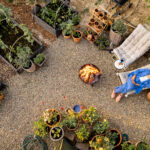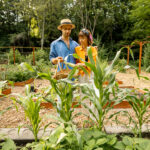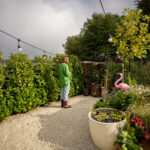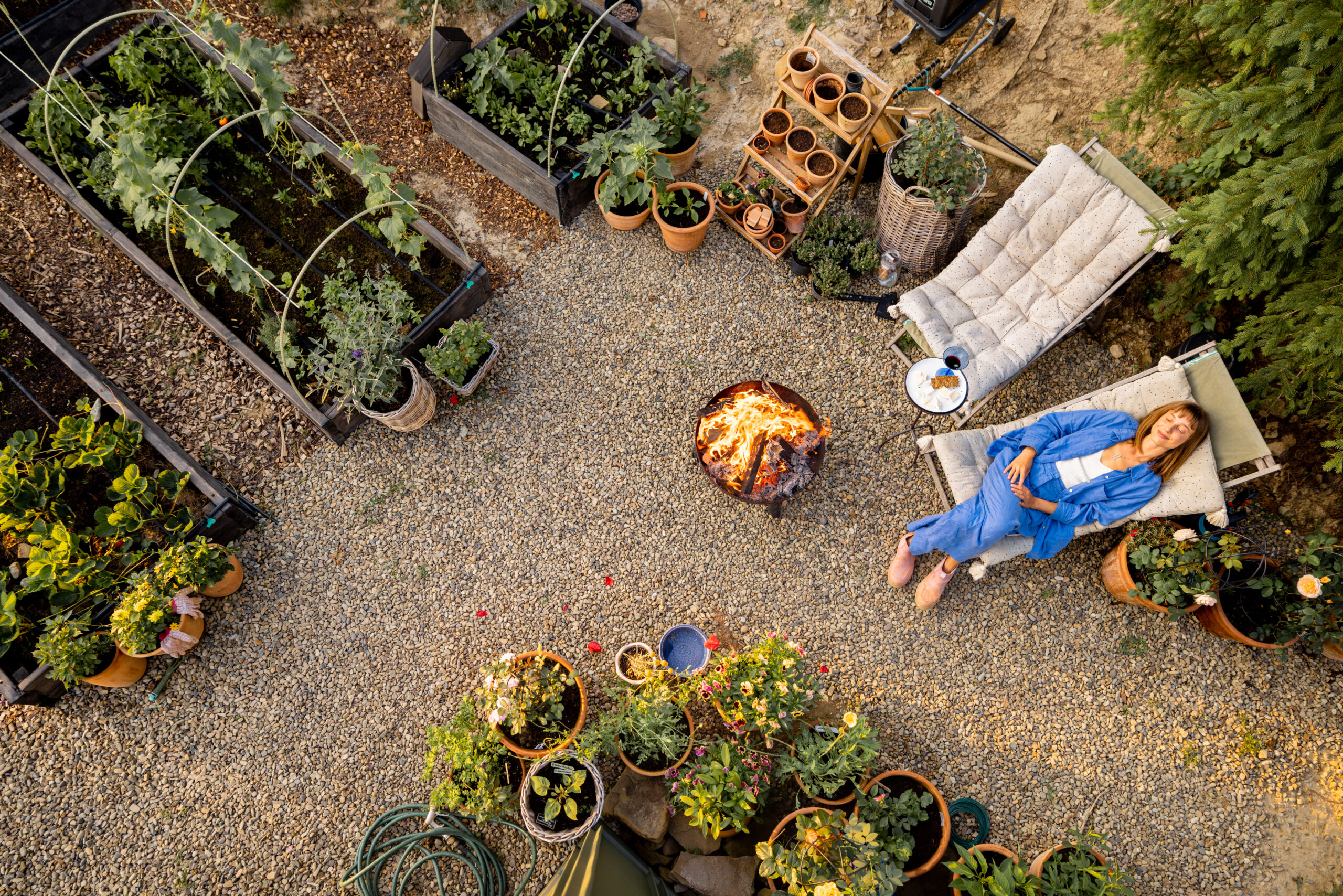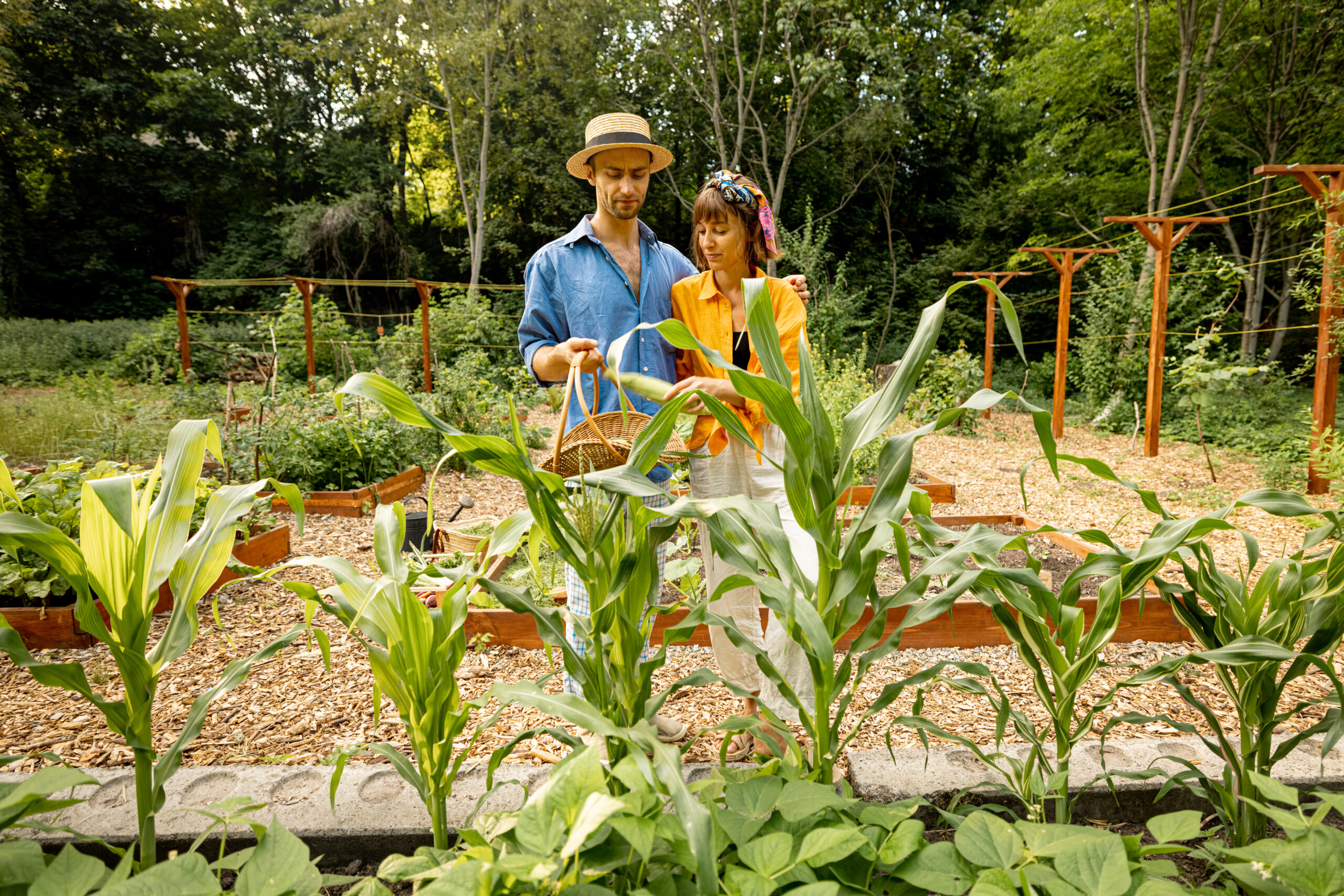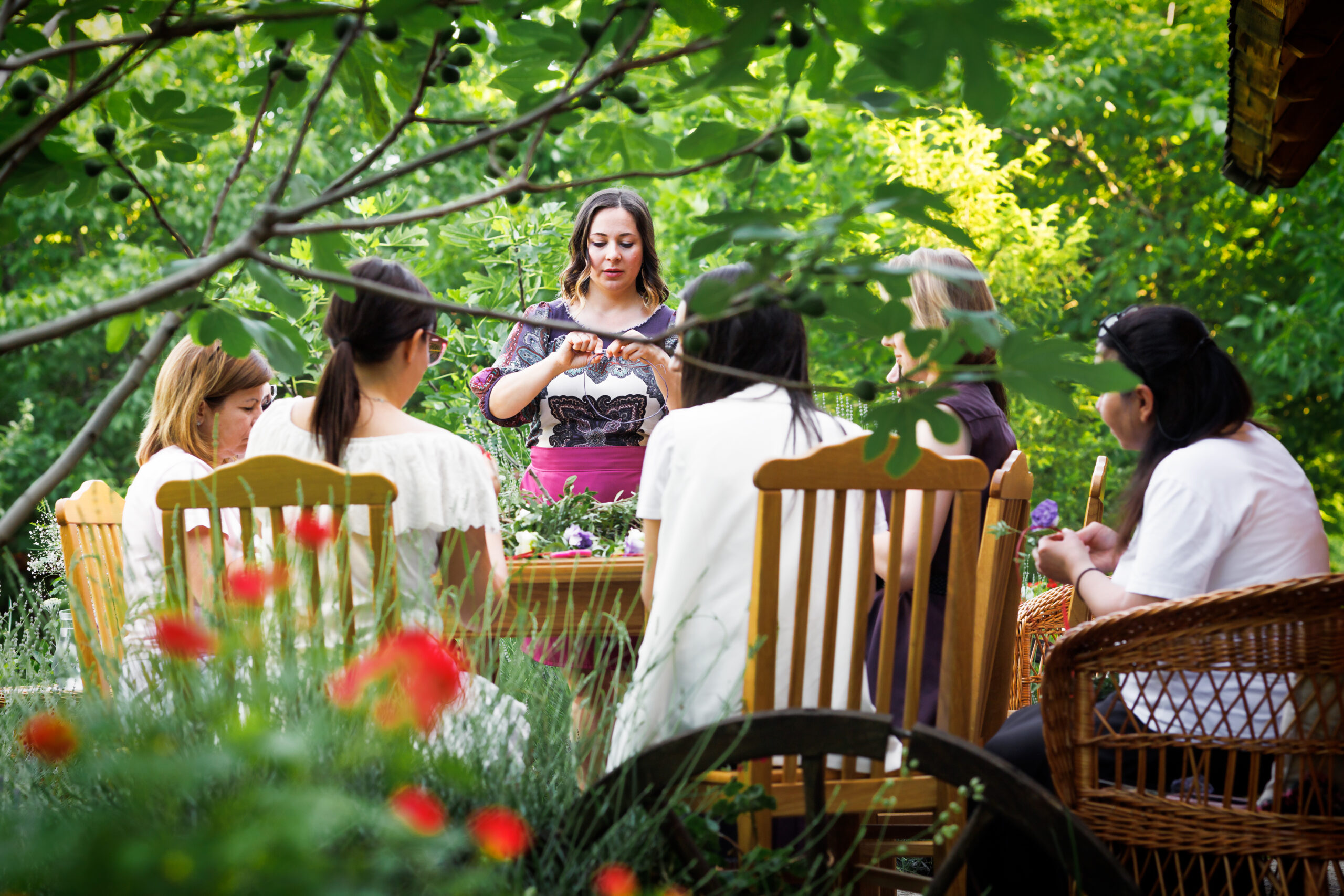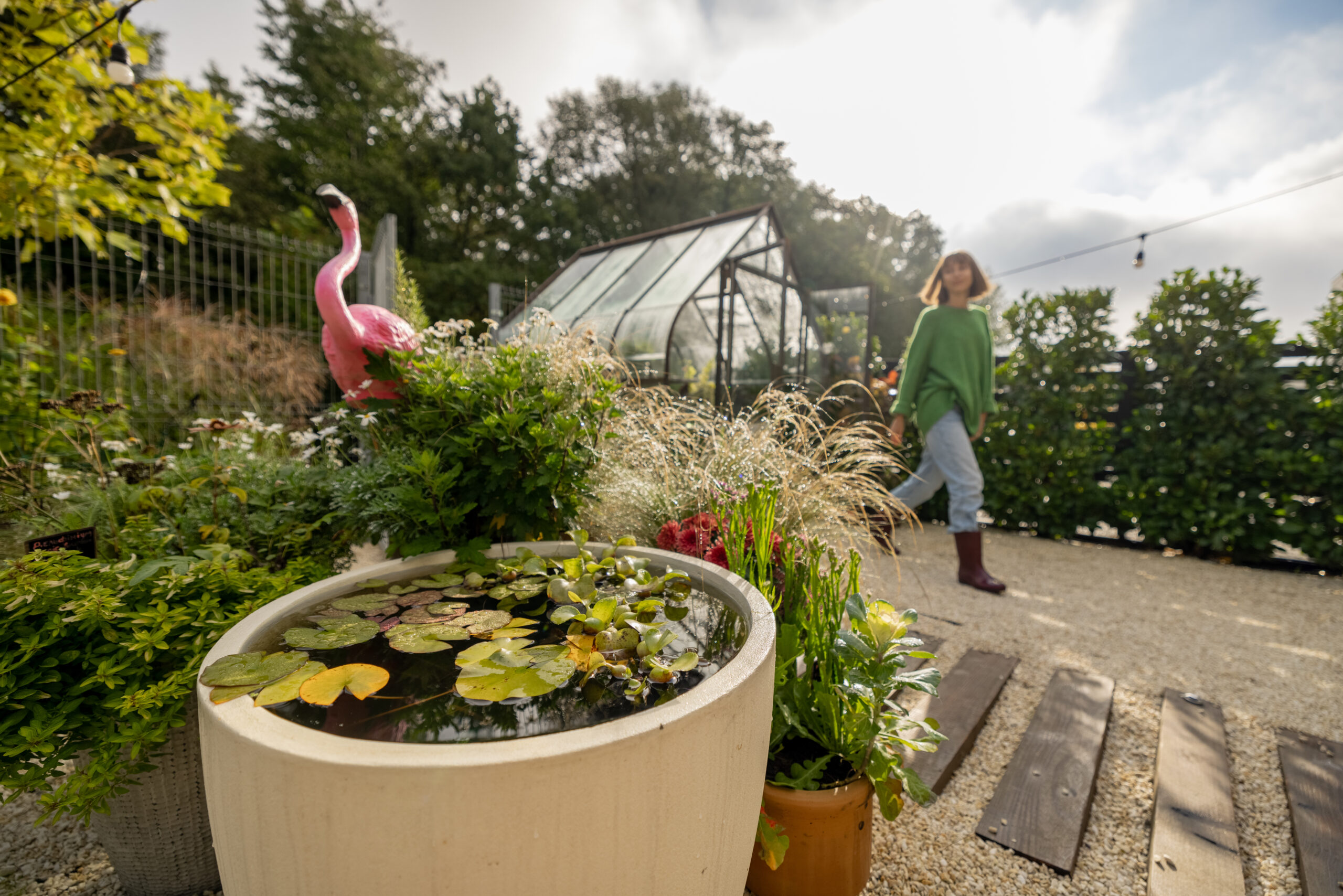In today’s world, the importance of sustainability is becoming increasingly clear, and gardening is no exception. Sustainable gardening is not just about reducing the impact on the environment; it’s about creating a space that works in harmony with nature, conserves resources, and fosters biodiversity. Whether you’re an experienced gardener or just starting, creating an eco-friendly garden is a rewarding way to contribute to a greener planet while enjoying the benefits of fresh air, beautiful plants, and a more resilient landscape.
In this article, we will guide you through the principles and practices of sustainable gardening, providing you with practical steps to help you create a garden that is in tune with nature and contributes positively to the environment.
1. Choose Native Plants
One of the simplest and most effective ways to create an eco-friendly garden is by choosing native plants. Native plants are those that naturally grow in your region and are adapted to the local climate, soil, and ecosystem. They require less water, fewer chemicals, and are more resilient to pests and diseases.
Why Native Plants?
- Less Water: Native plants have deep-root systems that allow them to access water more efficiently, reducing the need for frequent watering.
- Resilience: These plants are well-suited to the local environment, meaning they require fewer pesticides and fertilizers.
- Support for Wildlife: Native plants provide food and shelter for local wildlife, including pollinators like bees, butterflies, and birds.
Consider incorporating a variety of native flowers, shrubs, trees, and grasses into your garden to promote biodiversity and create a thriving ecosystem.
2. Reduce Chemical Use: Opt for Organic Practices
Traditional gardening often involves the use of chemical pesticides, herbicides, and fertilizers, which can harm the environment, soil health, and beneficial insects. Sustainable gardening focuses on minimizing or eliminating these chemicals in favor of organic practices.
Organic Gardening Tips:
- Compost: Use organic matter like kitchen scraps, leaves, and grass clippings to create compost. Compost adds essential nutrients to the soil, improves its structure, and helps retain moisture.
- Natural Pest Control: Instead of using chemical pesticides, encourage natural predators like ladybugs, spiders, and birds to control pests. You can also use homemade solutions like neem oil or insecticidal soap to treat garden pests.
- Mulching: Apply a layer of mulch around plants to suppress weeds, conserve moisture, and regulate soil temperature. Organic mulches like wood chips, straw, and grass clippings break down over time, adding valuable nutrients to the soil.
By avoiding synthetic chemicals, you help protect the health of your garden, reduce pollution, and support a more sustainable ecosystem.
3. Harvest Rainwater
Water conservation is a critical component of sustainable gardening. One of the easiest ways to reduce your water usage is by harvesting rainwater. Rainwater is free, naturally soft, and contains fewer chemicals than tap water, making it an ideal choice for your garden.
How to Harvest Rainwater:
- Install a Rain Barrel: Place a rain barrel under your downspout to collect runoff from your roof. You can use this water to irrigate your plants, wash your garden tools, or even water your lawn.
- Rain Garden: Create a rain garden by planting water-loving plants in low-lying areas of your garden where rainwater naturally collects. This helps absorb excess water, reduce runoff, and prevent erosion.
Rainwater harvesting is an easy and sustainable way to reduce your dependence on municipal water systems, lower your water bill, and minimize the impact of water use on the environment.
4. Minimize Lawn Areas
Traditional lawns often require large amounts of water, fertilizers, and pesticides, making them unsustainable for many gardeners. One of the most eco-friendly changes you can make is reducing or eliminating the size of your lawn.
Alternatives to Traditional Lawns:
- Ground Covers: Replace grass with drought-tolerant ground covers like clover, thyme, or creeping Jenny. These plants are low-maintenance, require little water, and help prevent soil erosion.
- Wildflower Meadows: Create a wildflower meadow with native grasses and flowers that attract pollinators and require minimal care. Wildflower meadows are not only beautiful but also support biodiversity.
- Hardscaping: Incorporate hardscaping elements like stone paths, patios, or gravel areas to reduce the space devoted to lawns and create a more sustainable landscape.
By reducing your lawn area, you’ll conserve water, reduce chemical use, and create a more diverse and resilient garden.
5. Implement Companion Planting
Companion planting is a sustainable gardening practice where certain plants are grown together because they benefit each other. This practice helps reduce the need for chemical fertilizers and pesticides, improves plant health, and encourages biodiversity.
Benefits of Companion Planting:
- Pest Control: Certain plants, like marigolds or basil, can deter pests and protect other plants from harmful insects. For example, planting garlic near roses can keep aphids at bay.
- Improved Growth: Some plants help each other grow by providing shade, supporting each other, or improving soil nutrients. For example, planting beans alongside corn can fix nitrogen in the soil, benefiting both crops.
- Increased Pollination: Growing a variety of flowers alongside vegetables or fruits can attract pollinators, increasing the yield of your crops.
Companion planting not only boosts your garden’s productivity but also helps maintain a balanced and thriving ecosystem.
6. Use Sustainable Gardening Tools and Materials
The tools and materials you use in your garden can have a significant impact on its sustainability. Opting for eco-friendly, durable, and low-impact tools is an important step in creating a sustainable garden.
Sustainable Gardening Tools:
- Manual Tools: Use hand tools like rakes, hoes, and shears instead of gas-powered equipment, which can contribute to air pollution and energy consumption.
- Biodegradable Pots: When starting plants from seed, choose biodegradable pots made from materials like peat, coconut coir, or paper. These can be planted directly into the soil, reducing plastic waste.
- Recycled Materials: Use recycled materials for garden structures, such as fences, compost bins, and planters. Repurposing old wood, metal, or plastic can reduce waste and give your garden a unique, sustainable touch.
By choosing eco-friendly tools and materials, you can minimize your environmental footprint and contribute to a more sustainable gardening practice.
7. Foster Biodiversity
Biodiversity is the foundation of a healthy and sustainable garden. By creating a garden that supports a wide variety of plants, animals, and insects, you can help maintain the balance of your local ecosystem.
Ways to Support Biodiversity:
- Plant Variety: Grow a variety of plants, including flowers, vegetables, shrubs, and trees. A diverse garden attracts different species of pollinators, birds, and beneficial insects.
- Provide Habitat: Add features like birdhouses, bat boxes, or insect hotels to provide shelter for wildlife. You can also create water sources like birdbaths or small ponds for animals to drink from.
- Avoid Invasive Species: Be mindful of invasive plants that can harm local ecosystems. Stick to native or non-invasive species that won’t crowd out native flora and fauna.
By fostering biodiversity, you not only create a more resilient and eco-friendly garden but also support the health and well-being of your local environment.
Conclusion: Creating a Greener Future, One Garden at a Time
Sustainable gardening is all about working with nature rather than against it. By making mindful choices that conserve resources, protect the environment, and promote biodiversity, you can create a garden that thrives while minimizing its impact on the planet. From choosing native plants and reducing chemical use to harvesting rainwater and supporting wildlife, every step you take in the direction of sustainability helps contribute to a greener, more eco-friendly future.
